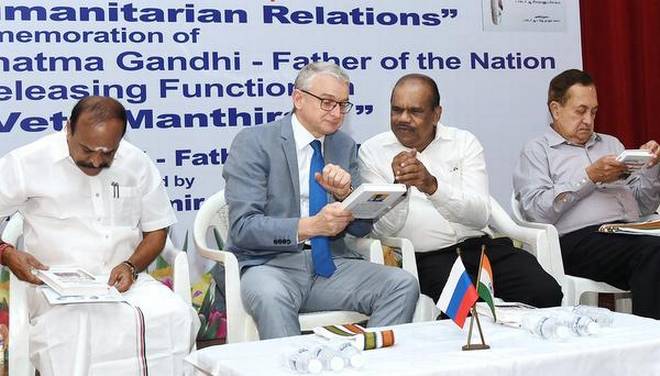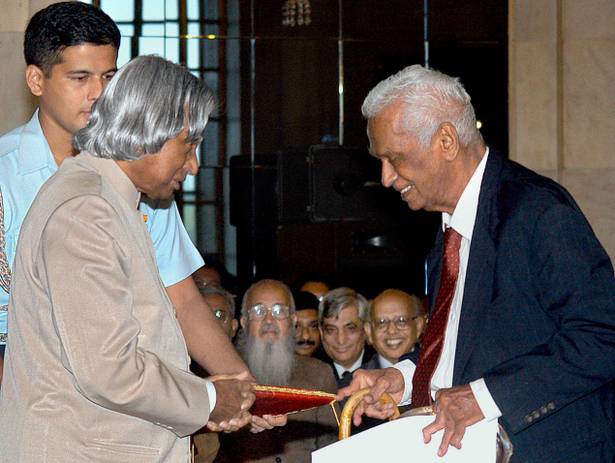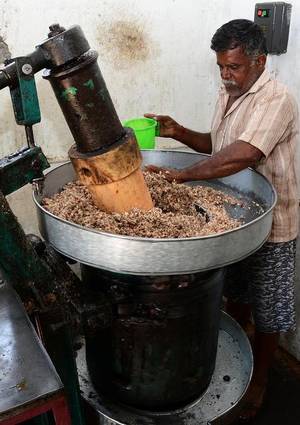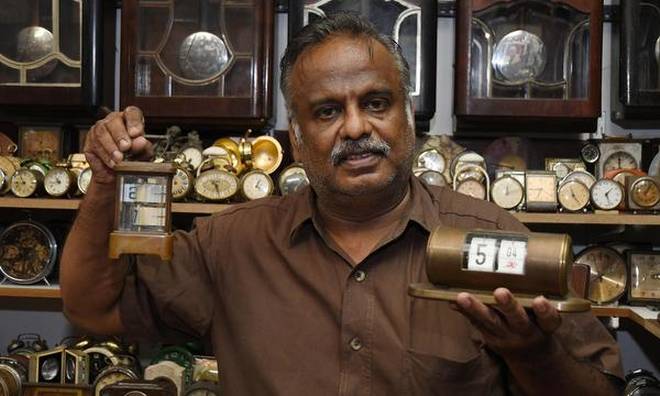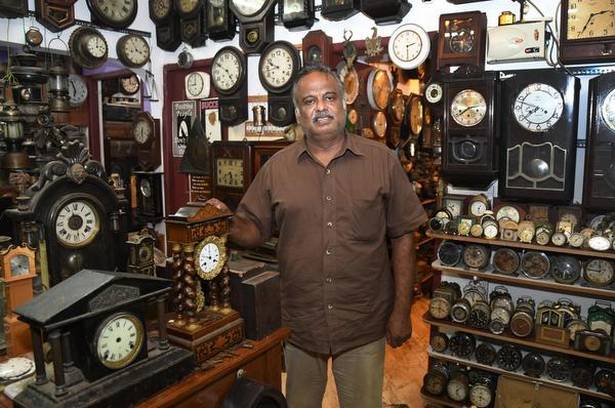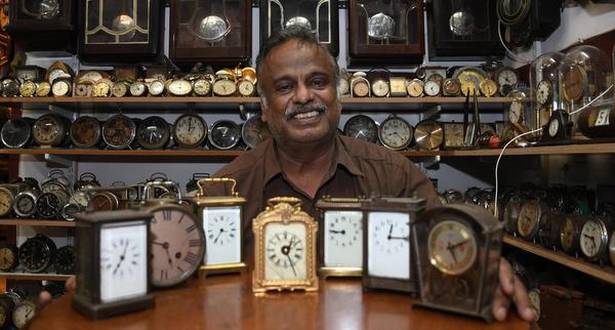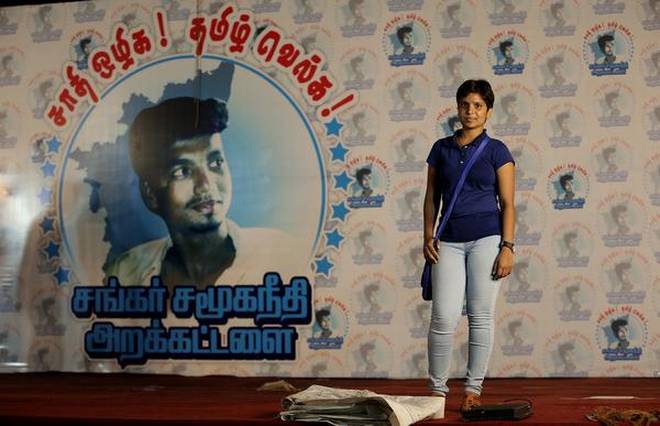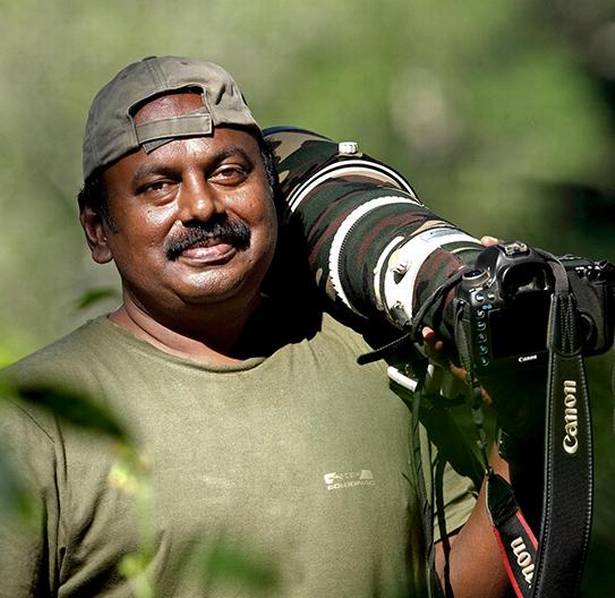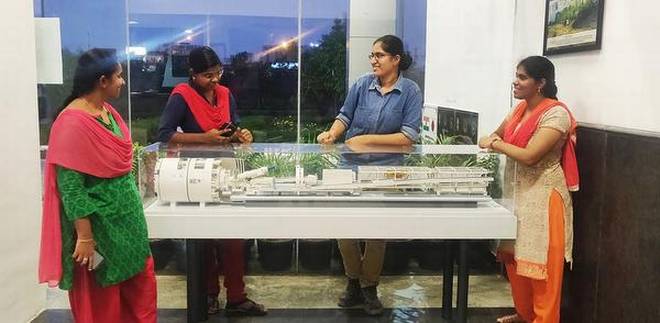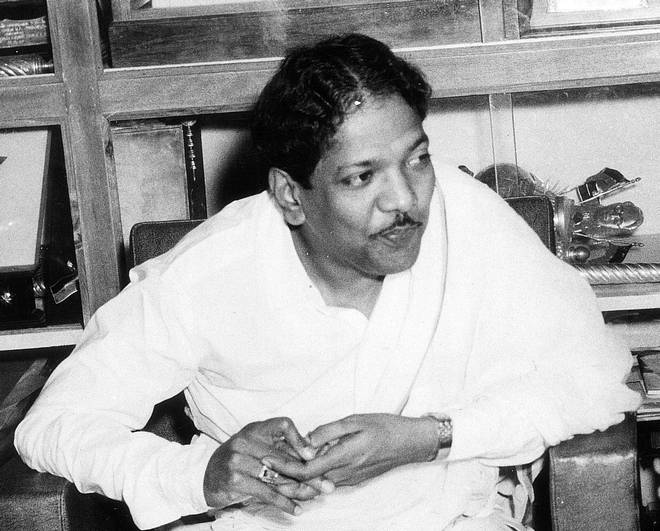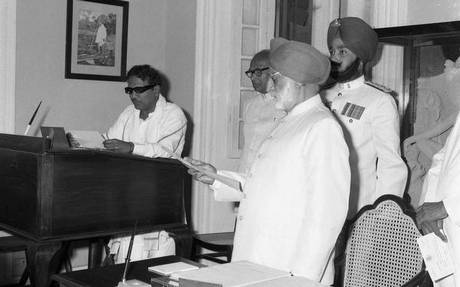The Swarga Foundation Calendar features some inspiring women from across the country
“People with disabilities face a lot of stigma. This project aims to create an awareness on disabilities”, said Swarnalatha J, managing trustee of Swarga Foundation at the launch of its annual calendar, ‘I’m Special’ at The Residency Towers. The theme for this edition is Women of Substance with 12 women from various fields.
The calendar is the result of eight months of work. “We started in February. We short listed the people and did the photo shoot. The photographs are taken by Anand Daga, a film maker from our city. I am also a model in it”, said Swarnalatha, who has Multiple Sclerosis. After an introduction about the foundation there was a Bhratanatyam performance by Prerana Sahane and a vocal performance by Divya Bijur and Swarnalatha. Santhalinga Marudasala Adikalar, Perur Adheenam Pontiff and Balchand Bothra, Chairman of Mahaveer’s launched the calender.

One of models, Gauri Shekhar Gadgil, is a swimmer and actor from Pune. She has Down Syndrome. A doctor advised her to swim and she went on to win a silver medal at the 2007 Special Olympics held at Shanghai, China. She also won a bronze and two silver medals at The Asia Pacific Swimming Competition organised by The Down’s Syndrome Association in 2012. Gauri has also acted in a Marathi movie, Yellow directed by Mahesh Limaye, for which she received a special mention in the 61st National Film Awards. In 2017 she was awarded with the Role Model National Award for the Empowerment of Persons with Disabilities, issued by the Ministry of Social Justice and Empowerment.
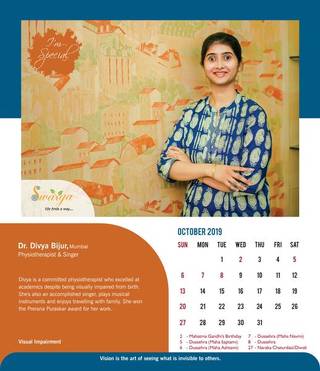
Divya Bijur is a physiotherapist based in Mumbai who is visually challenged “I am blind from my birth. I learnt physiotherapy from the Sikkim Manipal University and started my own Physiotherapy clinic, Vasai eight years ago. My patients were initially sceptical, but things have changed now. I have a lot of patients who believe in me. My life is good,” said Divya.
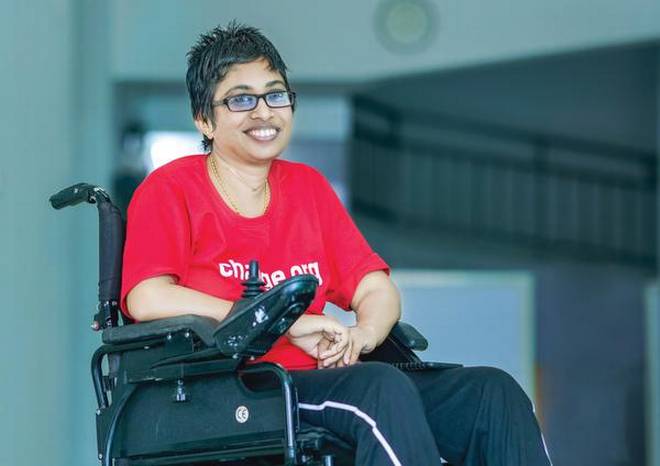
Ashla Rani MP from Trivandrum was 28 when she met with a train accident that left her a quadriplegic. “I was working in the software industry and my life changed in an instant. I couldn’t move my fingers or my legs. I also lost control of my bladder and bowel. I now type with my knuckles. I also joined the NGO Pallium India that provides palliative care. This accident has changed my entire perspective towards life. I am a lot more positive now,” said Ashla.
Madhavi Latha has polio. “I am from a rural village in Telagana. I studied hard and got a job in a bank where I worked for 15 years. I started to ride a scooter and a car at the age of 27. This was very empowering for me. In 2007, my muscles started to weaken and I was diagnosed with Scoliosis. Later, I learnt to swim. In 2011, I won three gold in swimming at the National Paralympic Swimming Companionship held at Kolhapur and started the Paralympic Swimming Association of Tamil Nadu. I started to play wheel chair basketball in 2014 and started the Wheelchair Basketball Federation of India. We have 500 players across the country, says Madhavi who is also the vice-president of an MNC in Chennai.
Preethi Srinivasan was a state level cricketer and swimmer before she met an accident. She took a fall on the beach at Puducherry that left her paralysed. “It took me an year to come in terms with my condition. I understood how society views a person with disability. In 2013, I started Soulfree to support people with spinal injury. We train medical technicians, conduct awareness programmes, and provide financial support to patients who want to start their own business. My goal is to have an inclusive self sustainable village for people with disabilities in our country.” She received the Kalpana Chawla Award for Courage and Daring Enterprise in 2017.
Prerana Sahane from Pune is a hearing impaired Bharatanatyam dancer and artist. Her dance teacher Shumita Mahajan said, “She lost her hearing following a paralysis attack when she was six-months-old. She came to me to learn Bharatanatyam when she was seven. Prerana performs across the country and has received the Role Model Award for the Empowerment of Persons with Disabilities in 2015.”
Calender women
The others featured are Rajalakshmi SJ, Mrunmaiy Abroal, Ketna L Mehta (Paraplegia), Sujatha Burla (Quadriplegia) and Malvika Iyer (Bilateral Amputee)
Info you can use
The calender costs ₹ 300 and is availabel at Jini & Jony, Brookefield Mall and Swarga Foundation, Nanjundapuram Road
Available in desktop and wall hanging options and can be customised with logos
Proceeds will be used to set up a physiotherapy clinic
8870955111 for details
source: http://www.thehindu.com / The Hindu / Home> Life & Style / by Susan Joe Philip / October 02nd, 2018
